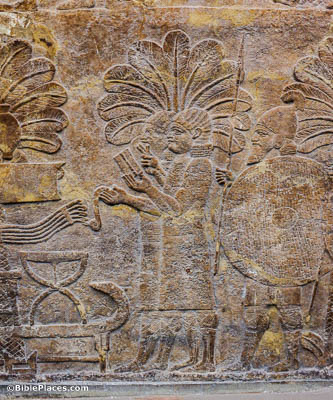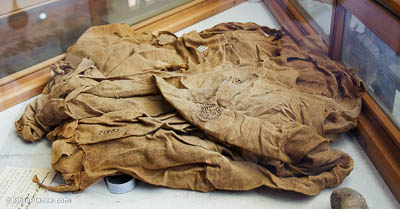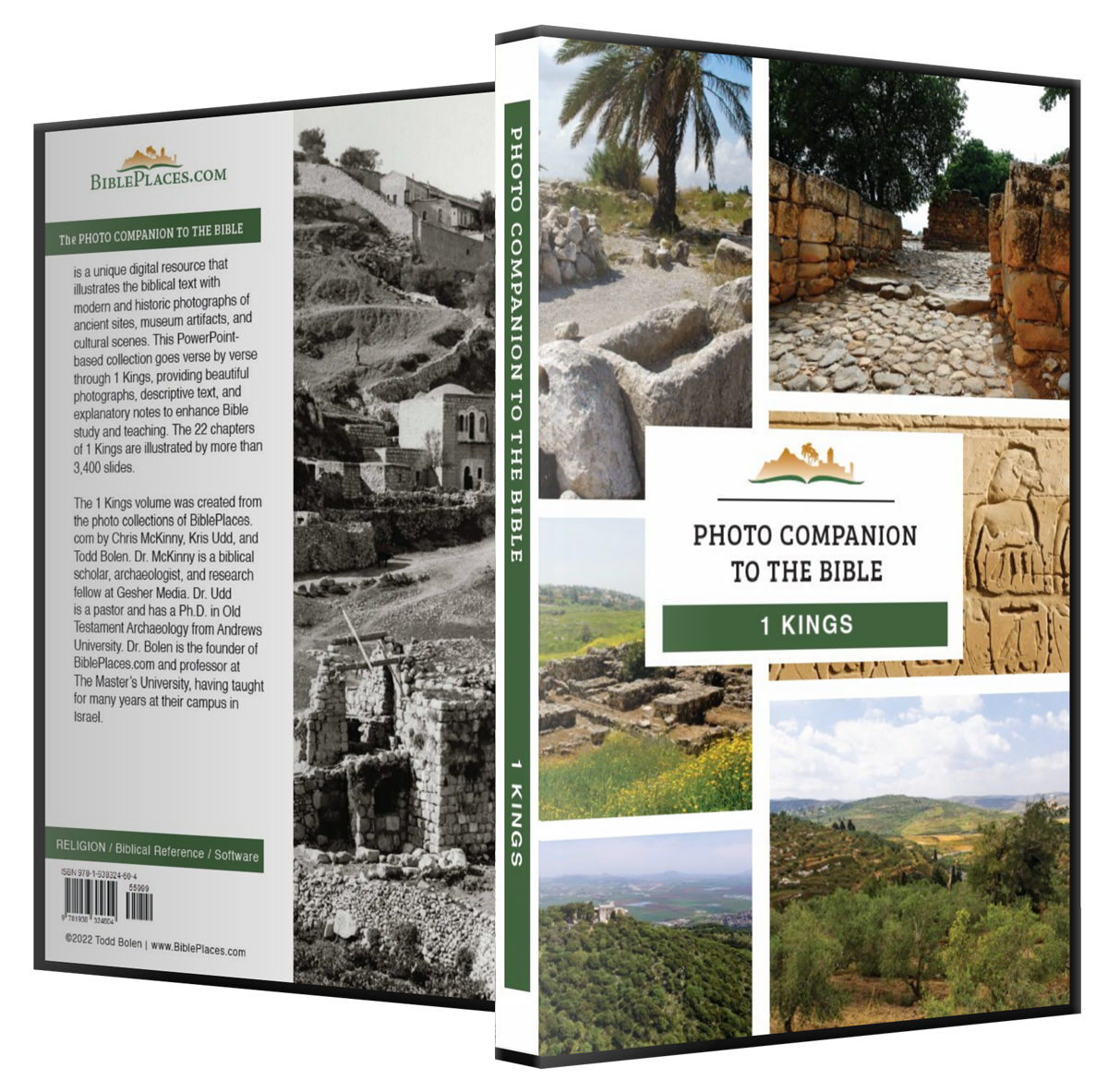Now Naboth the Jezreelite had a vineyard in Jezreel (1 Kings 21:1).
Jezreel is located at the eastern end of the Jezreel Valley, where it meets the Harod Valley. The location is strategic, as it guards traffic moving along the Harod Valley, between the Jordan Valley and the Mediterranean coast. Jezreel is also located at the western end of Mount Gilboa, where Saul was killed by the Philistines (1 Sam 31). The place where Gideon had his men drink water, Ein Harod, is also nearby.





